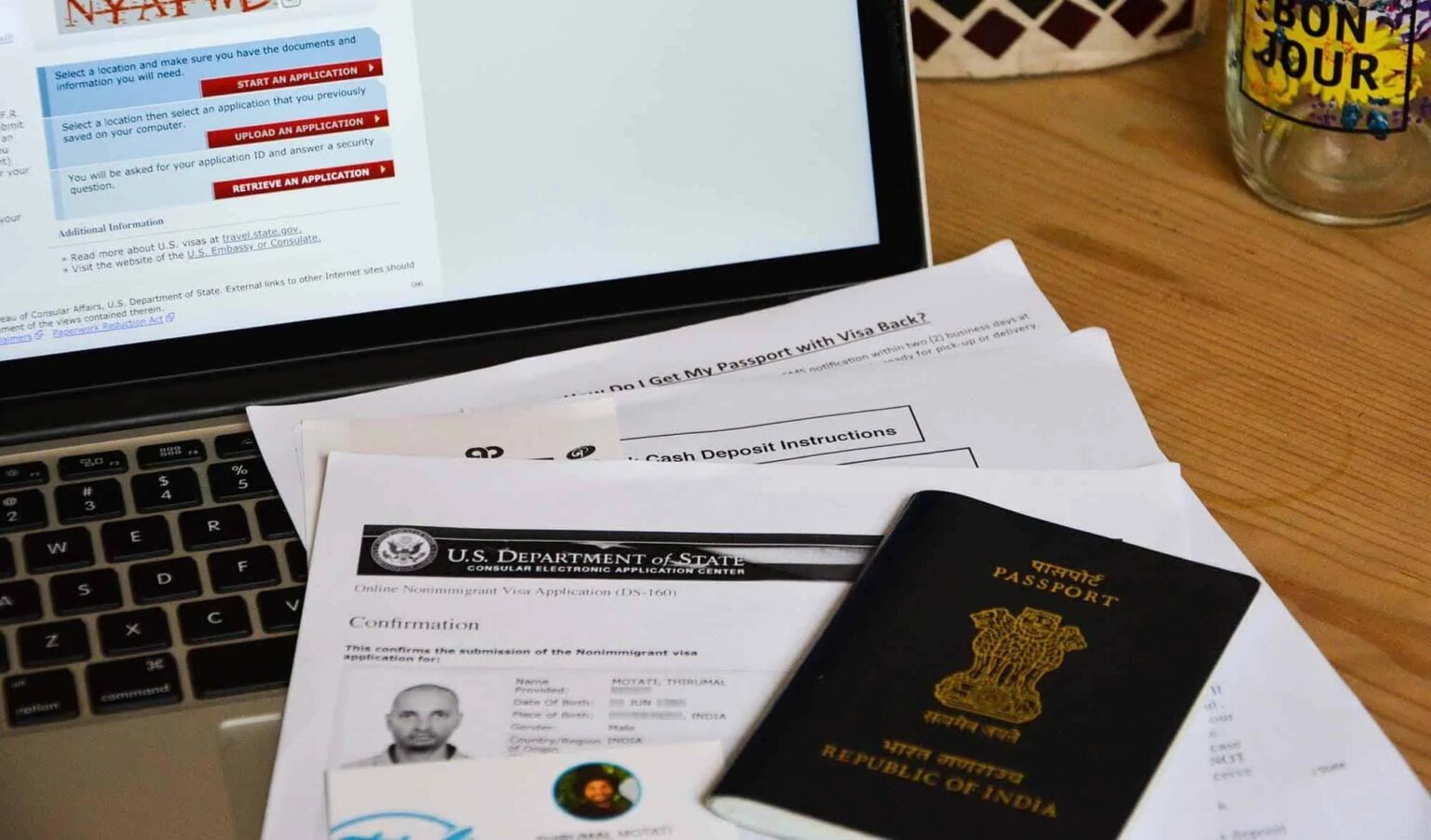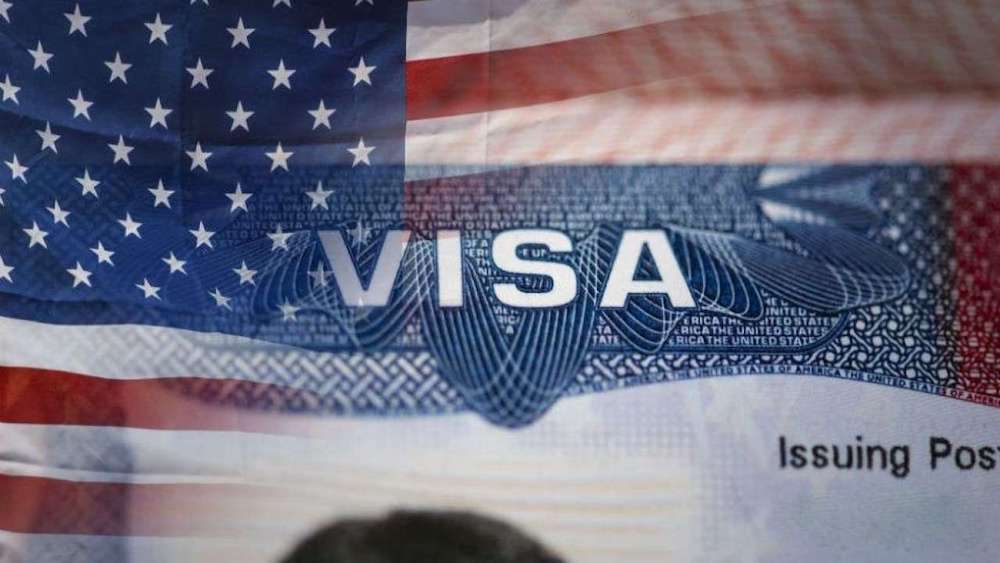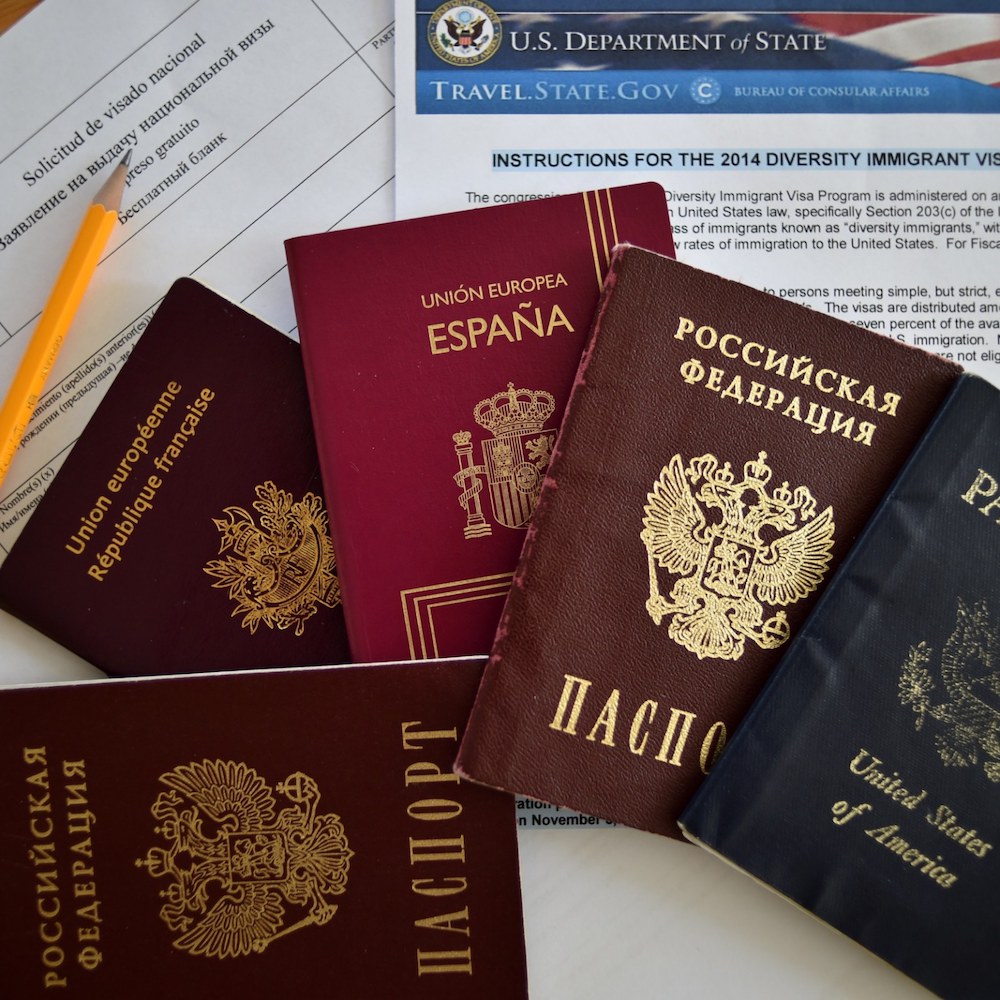
US Tourist Visa in 2022
The United States, with its dynamic cities, gorgeous national parks, and iconic landmarks, has been a dream destination for tourists worldwide; it has so much to offer just in one country!
If you’ve been wondering how to get into the USA as a tourist (especially in the context of the pandemic), this article will help you understand whether you can enter the US, and how.
 Can you visit the US in 2022?
Can you visit the US in 2022?
Before the pandemic, the answer to this question was usually: “If you can afford it, go ahead!”. Then the pandemic brought on lockdowns, closed borders, and restrictions. However, we’re already in a phase where some restrictions are loosened or even lifted, and now it’s ok to ask this question again.
The US land, air, and ferry borders have reopened and are ready to welcome vaccinated travelers. Upon arrival, you will have to prove that you have been vaccinated against COVID-19 with vaccines accepted by the US Centers for Disease Control and Prevention (CDC). Check out the CDC website for accepted vaccines and vaccination schemes.
You will also be required to show the airline a negative COVID-19 test result if you travel by air or proof that you have recovered from COVID-19 before you depart. You must take the test more than one day before you travel.
Besides the personal health requirements, stay up to date with country-specific restrictions. Depending on the COVID situation in your country, the US might temporarily bar entry from your country. Keep in mind that health and travel policies adapt to current conditions, so consider all factors before deciding to travel.

The visa you need
Now that we’ve got the pandemic-related entry requirements out of the way, we move to the classics: visa and travel documents.
There are two kinds of visitor visas: the B-1 and the B-2. To put it short, you need a B-1 visa if you’re traveling for business purposes and a B-2 for tourism purposes, such as to sightsee, visit friends or relatives, or even participate in recreational study courses that do not count towards study credit.
If the purpose of your visit is both business and pleasure, then you can apply for a B-1/B-2 combination visa.
These visas are specific for those mentioned purposes, so if you’re traveling to the US for study, work, permanent residence, or other purposes, you will have to apply for the appropriate visas, not the B-1 nor the B-2.

Do you actually need a visa?
If you’re a citizen of a country that takes part in the Visa Waiver Program (VWP), chances are you don’t even need a visa to travel to the United States for 90 days or less. VWP participants include Schengen countries, ranging from Norway to Greece, and from the UK to Hungary.
Several Asian countries are also on the list, such as Japan, South Korea, and Brunei. The Americas aren’t left behind either, as Chile is also a participant.
To travel with the VWP, you will also need to have an Electronic System for Travel Authorization (ESTA) and use an e-passport.
Other than the VWP, citizens of Canada and Bermuda generally do not need visitor visas.

Requirements
Whether you’re applying for a B-1 or B-2 visa, here are the documents you need:
- Your valid passport, with no less than six months of validity;
- Completed DS-160 nonimmigrant visa application form, submitted online, and proof of submission
- Along with your application form, a photo that fits US visa requirements;
- Receipt of non-refundable visa fee payment;
- Printed US visa picture, if your embassy or consulate requires, or if your online photo submission failed.
You might also be asked for extra documents to prove the purpose of your trip, your financial capabilities to fund your stay, and/or your intent to leave the US after the trip.
If you’re traveling for medical treatments, you might also be asked for your medical diagnosis, statements from a US physician or medical care facility willing to treat you, and your financial capabilities.




 Can you visit the US in 2022?
Can you visit the US in 2022?


